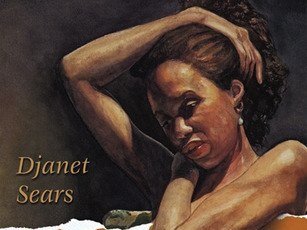
Community Voices
Pages Of My Life
Growing Up in Owen Sound
Gael Miller-Jackson
“I was blessed to be born into two unique families. The Millers on one side of the family. My grandmother bearing 16 children (two deceased as infants). The Wilsons on the other side. My Grandmother bearing 15 children (three deceased as infants). This not only makes up for several baseball teams, but some great stories as well. I’d like to share some of them with you.”
Pages of My Life is a collection of stories, memories, and songs woven together by Gael Miller-Jackson, a renowned gospel singer, playwright, author, and grandmother who grew up in Owen Sound.
Purchase a copy for $40 (shipping/handling included) at www.millerjacksonproductions.ca
Daddy Hall: A Biography in 80 Linocuts
Tony Miller
“Owen Sound-based artist Tony Miller’s 80 stark and arresting black-and-white linocuts present an unflinching portrait of a remarkable African-Canadian whose story of resilience and reinvention offers a fascinating glimpse into the history of Southwestern Ontario.” Porcupine Quill
-
Direct descendant of Negro Creek Tony K Miller, award winning and critically acclaimed artist created a series of poignant and telling paintings depicting his ancestors history in ‘The Journey’
The Adventures of a Black Girl in Search of God
Djanet Sears
“From Governor General's Literary Award–winning playwright Djanet Sears comes a beautiful and deeply moving story set in present-day Negro Creek, a two-hundred-year-old black community in Western Ontario. Rainey Baldwin-Jackson, a country doctor, struggles to come to terms with the loss of her daughter, the disintegration of her marriage, and an eccentric elderly father on an astonishing crusade.” Playwrights Canada
As Is, Where Is
Mikaela Roberts, Jason Menominee, Ben Heywood-MacLeod
As Is, Where Is tells the story of a small-town rural road in Ontario, Canada with a forgotten past. The Negro Creek area was for decades a vibrant community with ten Black settler families. Today the name of the road is the last marker of this often-erased history. With the road name under threat, descendants and locals together are imagining alternative ways to commemorate the settlement.



